By: M. Atelier
Girl in the Garden, a newly discovered work said to be by Berthe Morisot, fits neatly into her oeuvre. It appears to have been completed during her late career with the subject’s bright hair and her white summer dress echoing the figure in her On the Bench (1889). However, the girl’s posture, the lighter foliage, and brighter backdrop suggest a different sitting—perhaps a companion piece that was forgotten for over a century. Unlikely as this might seem, there is precedent: Morisot often painted the same subjects in similar situations.
The similarity in these paintings, however, is no accident.
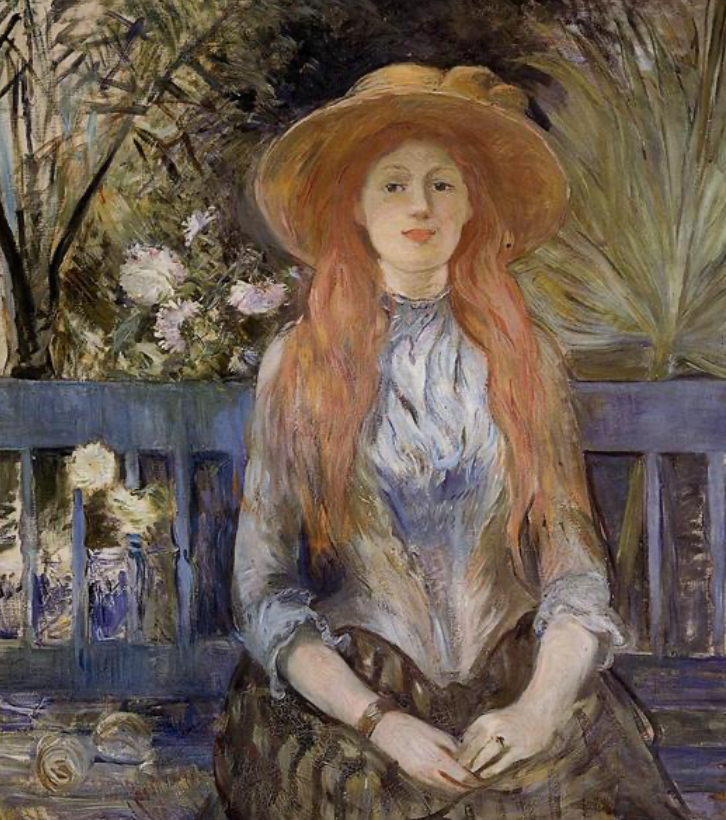
The Forgery
This supposed work is an imagined recreation of a work by Berthe Morisot. It is an oil on canvas with dimensions of about 80cm x 90cm. Its subject is of a girl sitting on a bench, meant to look like another of Morisot’s work, On a Bench. The two paintings were sold separately but share that common aspect in their look. This was a common occurrence among works by Morisot, such as with her paintings Julie Manet with a Budgie and The Artist’s Daughter with a Parakeet, two astonishingly similar paintings which now reside separately.
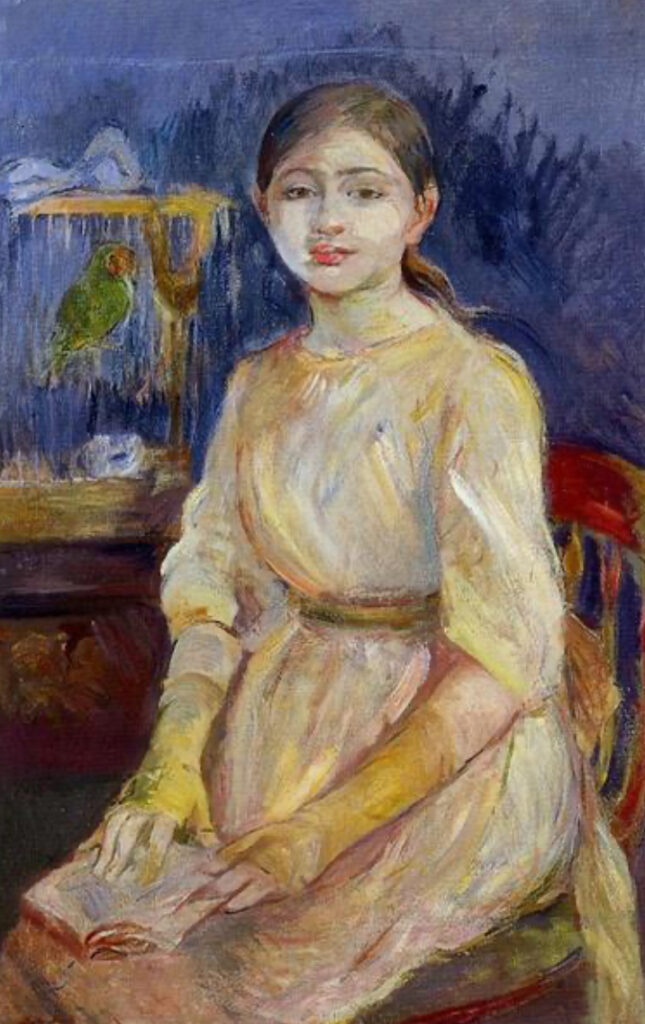
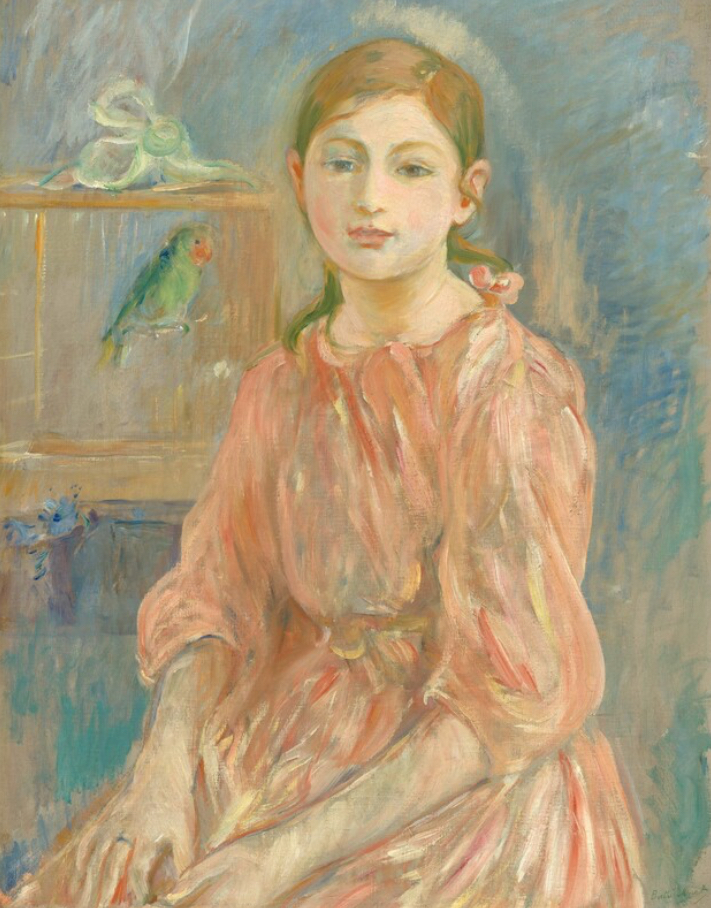
Scientific Testing
X-ray analysis would reveal no hidden sketches, as Morisot rarely prepared her paintings with detailed underdrawings. Instead, she would do studies and drypoints of her works before committing to the actual oil painting itself. She used a stained primer of ground lead and calcium carbonate like can be found in limestone or chalk. These helped keep the paint on the canvas. After much searching online and a few visits to French antique stores, we have managed to not only come by the supplies needed for the primer, but also a genuine 1880s French canvas which was regretfully scraped of paint so that we could reuse it. Most importantly of all, we were able to come by including the extra rare find of a tube of lead white from the 1800s. This, paired with some of the other colors of the time that we know Morisot would use, put us in a great position.
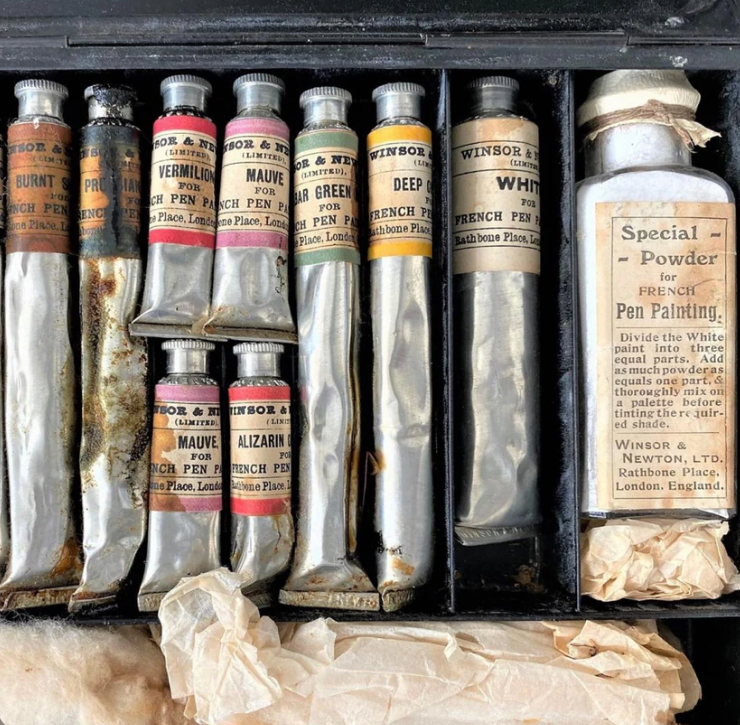
Stylistic Analysis
Morisot’s characteristic angular brushwork and thin, layered application were meticulously studied and imitated. She began working primarily in watercolors and it can be seen in her handling of oil paint and how it is devoid of heavy underdrawing. Layers of paint were applied quickly and confidently, though it appears that the lower levels of the work were allowed to dry before another layer was put on top of it. In contrast, the closer to the top of the painting that the paint gets, the thicker the paint application. Morisot seemed to prefer using a stiff brush of hogs hair which we mimicked.
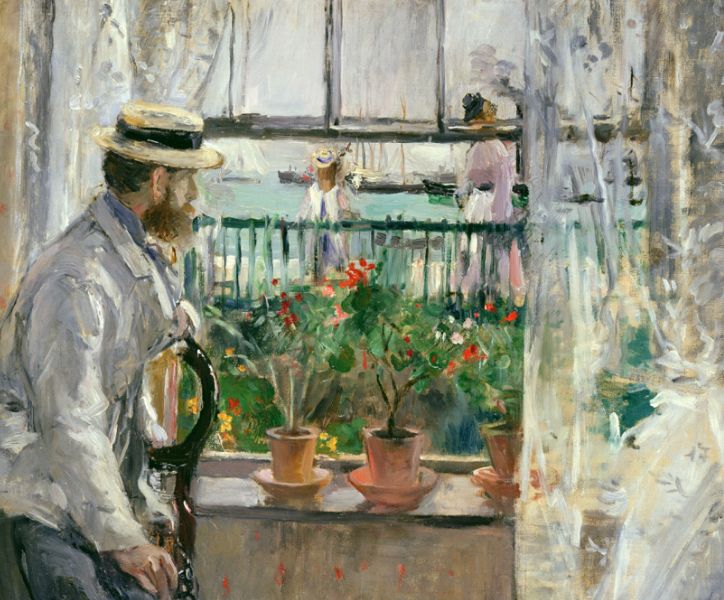
Provenance Forging
According to the forged documents, the painting was acquired in 1892 by Baron Denys Cochin, a real person with documented ownership of her works, such as Girl in a Boat with Geese . It was then sold by Cochin in 1897 to a fictional collector—Pierre-Luc Montfort—who quietly sold it to an American acquaintance in the 1920s. The “great-grandson” of this American, our willing accomplice, would present the painting for sale after “discovering” it in his inherited estate.
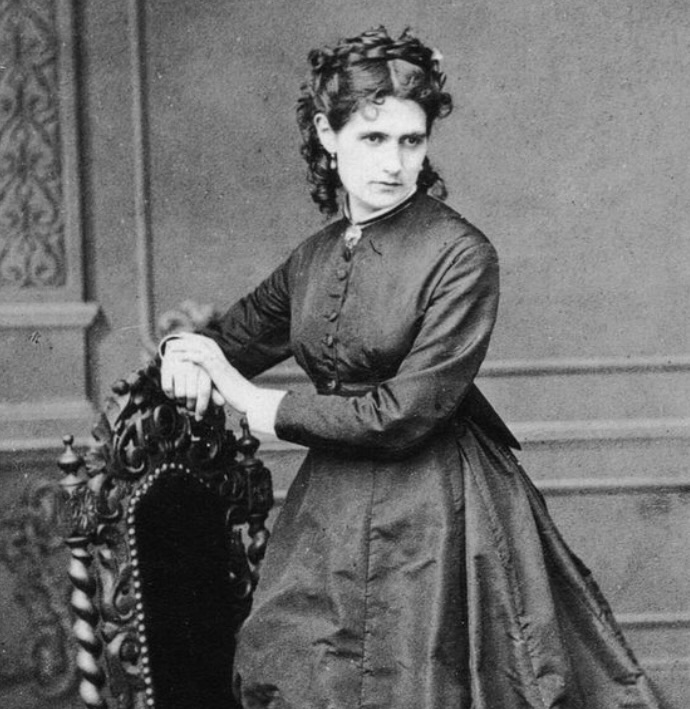
Why Morisot?
Morisot is the perfect target for a forgery: highly respected, but not overwhelmingly studied to the point of paranoia like Monet or Van Gogh.
Her work fetches significant prices, often tens or hundreds of thousands of dollars, but her large amount of paintings (over 850 works, only about 250 of which are documented) provides enough breathing room for a plausible “discovery.” Her handling of light, rapid technique, and looseness in her gesture create conditions where slight variations are expected, not condemned. Moreover, her intimate subjects—young girls, gardens, domestic spaces—are timeless.
About the author: M. Atelier is currently a sophomore in college, studying history and Spanish with the goal of working in a museum someday. They have gained a huge interest in art crime from this class and have definitely started to annoy some people from how much they talk about the Isabella Gardner Heist.
Bibliography
Adler, Kathleen and Tamar Garb. Berthe Morisot. Cornell University Press, 1987.
Evans, Laura. The Atlas of Art Crime: Thefts, Vandalism, and Forgeries. Quintessence Editions, 2024.
Higonnet, Anne. Berthe Morisot’s Images of Women. Harvard University Press, 1992.
Hopson, Robert Randolph. “The Symbolist Portraiture of Berthe Morisot.” ProQuest Dissertations & Theses, 2002.
Kitts, Thomas. “Berthe Morisot and her Brushwork.” Oil Painters of America, February 17, 2020, https://www.oilpaintersofamerica.com/2020/02/berthe-morisot-and-her-brushwork/.
Manet, Julie. Growing Up With the Impressionists: The Diary of Julie Manet. Bloomsbury Publishing, Translated by Jane Roberts, 2017.
Oczkowski, Edward. “The Catalogue Raisonné and Art Auction Prices: The Case of Berthe Morisot.” Empirical Economics 61, no. 3, 2021. https://doi.org/10.1007/s00181-020-01920-5.
Shennan, Margaret. Berthe Morisot: The First Lady of Impressionism. Sutton Publishing Limited, 1996.